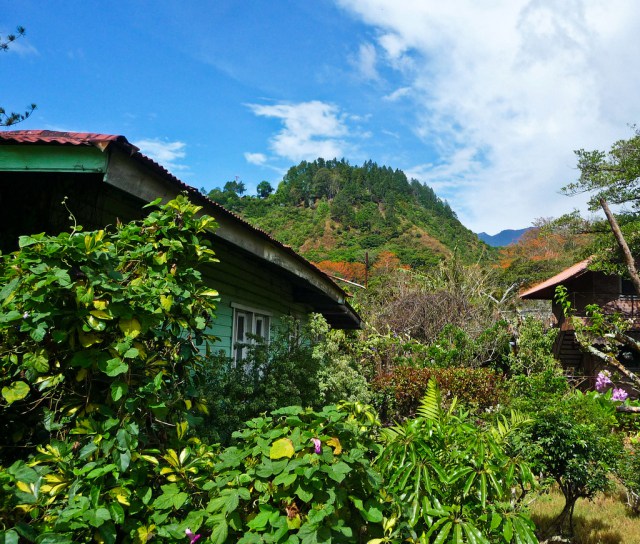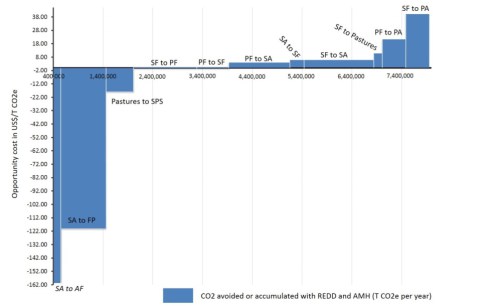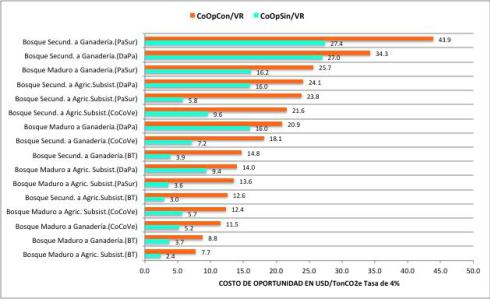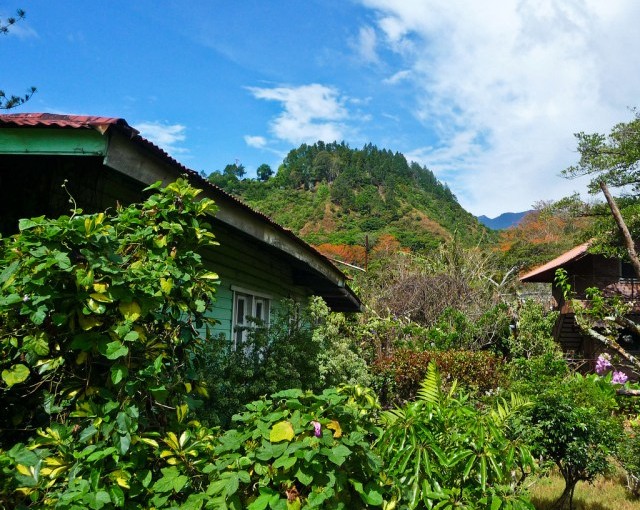Plantations International Information

By Gabriel Labbate. Originally launched at the UN-REDD Program Blog site.
Occur from Panama reveal that increases in carbon stocks, stakeholder revenues in addition to woodland cover could be acquired simultaneously through a landscape approach to REDD+ incorporating prevented deforestation/degradation, the promotion of silvopastoral as well as additionally agroforestry systems, and tree haciendas. In the exposure of an ideal security tract, a landscape strategy can additionally develop obstacle reserves of carbon to handle risks connected to non-compliance of net exhaust decrease arrangements. This blog post summarily supplies some policies to acquire woodland preservation as well as restoration.Avoid the makeover ofprimary woodlands right into 2nd woodlands. The monetary good elements of this transition are minimized as well as subsequently have actually decreased possibility prices(in between 0.10 and 0.57 USD/TnCO2e). When there is an improvement to 2nd woodland, the chance price of avoiding a change to farming or livestocks ranching increases substantially. Additional timberlands frequent unstable equilibriums as well as additionally typically stand for a primary step in a change to numerous other, non-forested land uses.Figure 1. Price decrease curve for woodland conservation and remediation in Panama Where SA(subsistence farming); AF(agroforestry ); PF(forest haciendas); SF(2nd timberland);

i.e., overall favorable economic positive elements). The reduction contour in number 1 shows that also in the absence of carbon settlements, a combined execution of woodland conservation, reconstruction as well as enhanced carbon product in effective systems have sizable great financial advantages(the area with unfavorable opportunity price is greater than the location with favorable ones). Given that implementation in addition to offer expenses are maintained practical levels, the outcome agrees with financial advantages overall.Speculation ashore duration needs a mix of enforcement and compensates policies. The option to convert timberland may not just be impacted by the success of various other financial tasks but additionally by assumptions of completing land period safety. In countless areas, land-use changes do not seem to be economically eye-catching but this circumstance changes considerably when the worth of land is consisted of in the assessment. For that reason, it will absolutely be vital for REDD+ to incorporate inspirations for conservation with actions that sustain enforcement of regulations, particularly those that outlaw timberland conversion without authorized permit.Figure 2. Chance establishes you back with in addition to without recurring land values.UN-REDD Program Panama Presently costs, carbon settlements are not appropriate per-se nevertheless are not very little either. It is not uncommon for plan makers to ask about the estimated amount of carbon settlements that can create up from REDD+, as well as Panama is no exemption.
While it is not feasible to provide plan manufacturers with an exact

possible to approximate a range based upon the annual logging number of 13,500 ha/y reported by FAO, quotes of property converted from primary to additional timberland(3,500 ha/y), and also land make use of adjustment projections.Under these assumptions, a REDD+programme that lowers logging by 50 % would certainly bring gross earnings to Panama in the order of about US$ 11 million every year. If matched with activities that boost carbon stocks in woodland and farming lands, then gross income could, all or numerous other factors being equal or held continual, get to about US$ 22 million each year. When the carbon expense is set at US$ 8 each tons
of CO2 matching, incomes boosts in a variety between US$ 17 million to US$ 34 million annually.Success on increasing carbon stocks in forest and agricultural lands will definitely depend upon strategies that decrease the viewed threat of these tasks as well as the effect of high price cut costs. Increasing carbon stocks in abject as well as also agricultural lands depends on the involvement of the economic industry as well as the financial benefit of these tasks is incredibly delicate to understandings of risks in addition to temporal inclinations. The net present value(NPV) of a sustainablydealt with forest or a silvopastoril tract could enhance by an element of 2 when the price cut rate is 4 % rather than 12 %. This result fades in comparison with that claimed of a timberland plantation where the NPV can boostby an aspect of 10. The meaning of monitoring as well as administration frameworks require to embark on an exhausting cost-benefit analysis. Incomes from REDD+relies on application and also deal costs. The estimate of these rates is difficult right now due to the fact that the definition of REDD+plans as well as additionally actions in Panama is still at a start. Nonetheless, the readily available literary works reveals that these expenditure, if disregarded, could be significant along with in some contexts could effortlessly surpass chance expenses. Disregarding these costs can clear out
net nationwide positive aspects and combat the whole programme.In recap, there is opportunity in Panama to at the same time accomplish the joint purposes of higher carbon stock, stakeholder revenue and woodland cover in rural landscapes. An appropriate mix of cops initiatives, economic benefits, technological support and interest to costs could possibly achieve a” Panama hat technique”. A lot more info on REDD +in Panama possible below. Plantations International
The blog post A Panama hat technique? Higher carbon stock, stakeholder revenue and woodland cover appeared initially on Plantations International.
